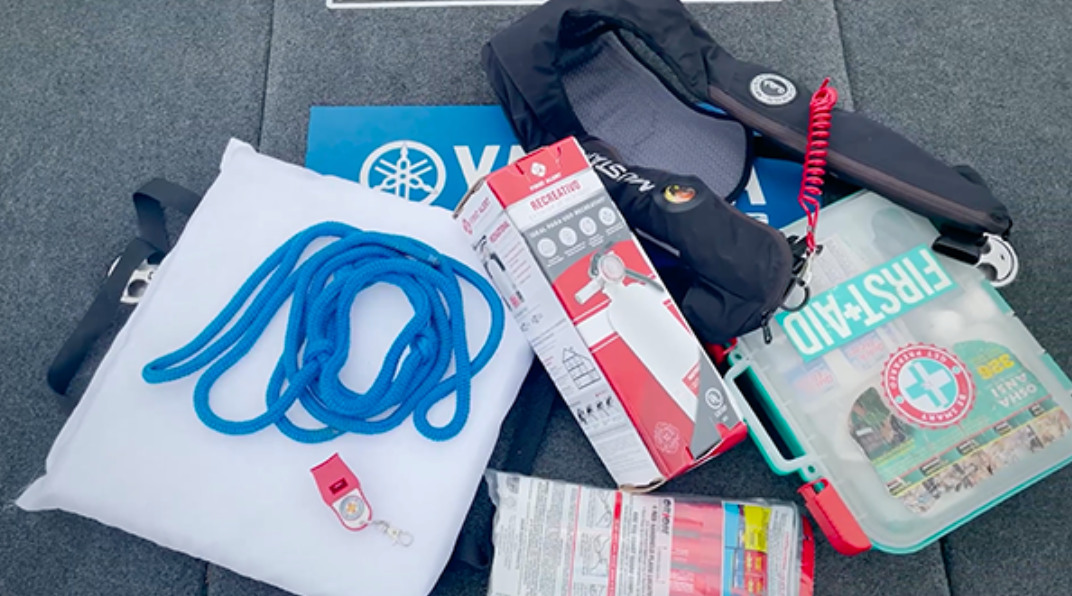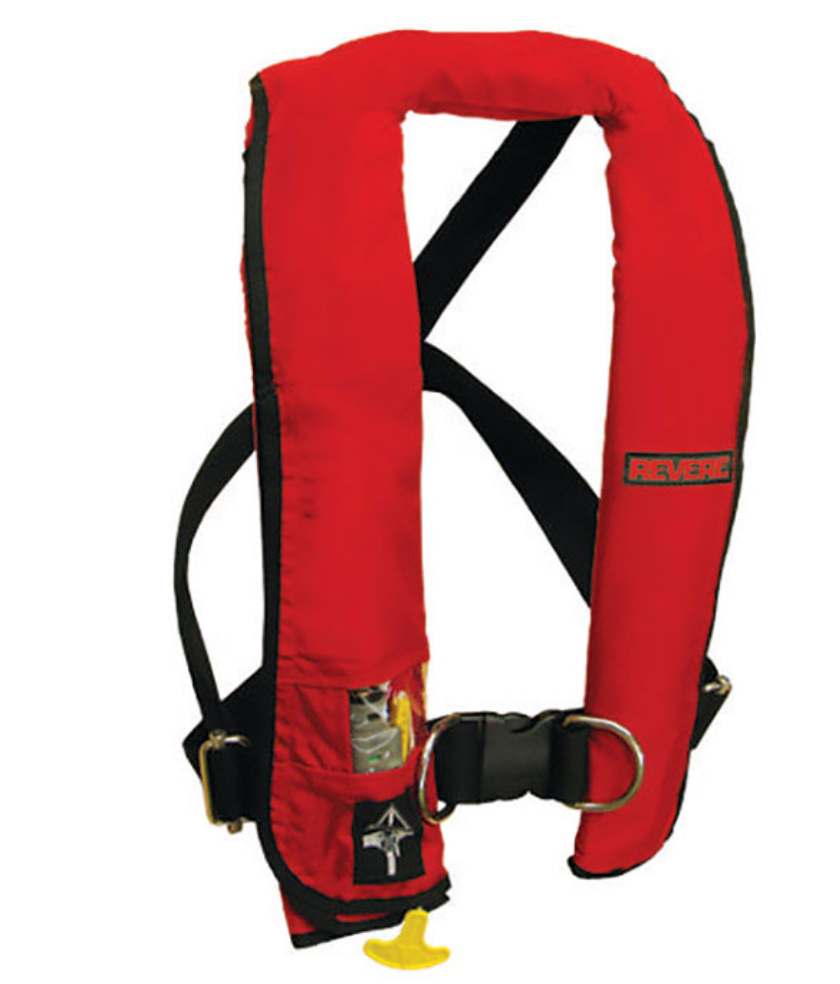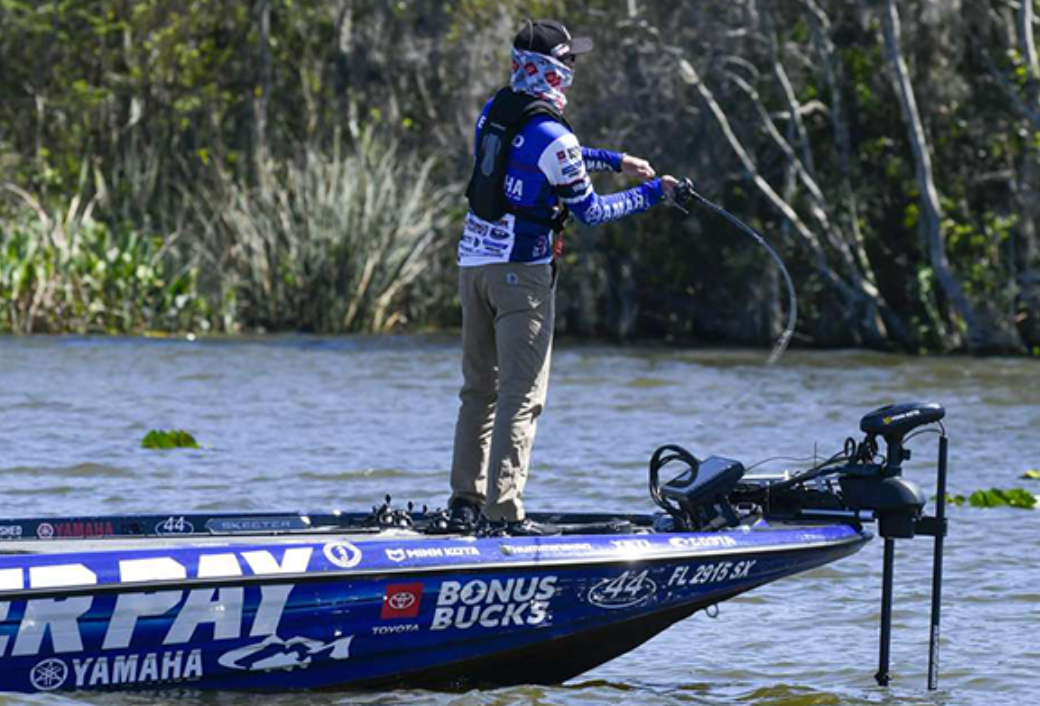Boating Safety Checklist: Always Double-Check

No matter where we are in a boating season, it’s always a good time to discuss safety on the water. Whether you’re using your boat every weekend or taking the family on summer vacation, a boating-safety checklist is a must. It allows for maximum time on the water and contributes to making waterways safer.
Establish a Routine
The first key to a successful day on the water is to make it safely to the lake.
- Start by visually inspecting the exterior of the boat and trailer, beginning at the bow of the boat with the trailer tongue, safety chains and lights.
- Next, walk around the entire boat checking that she is securely fastened to the trailer and the trailer is properly functioning.
- Look closely at the fenders and test the lights.
- Check all tires for foreign objects that could cause a leak or flat.
- Make sure all tire pressures are even and at the desired rating for the boat trailer.
- Lastly, inspect the wheel bearings and lug nuts and make sure the lug nuts are tightened to manufacturer specs.
Next, inspect the transom of the boat including the engine and all hardware. Check the engine oil levels and consult the engine owner’s manual to make sure you are following your routinely scheduled maintenance. Most manufacturers also have an app where you can view your service history. It can give you peace of mind that all regularly scheduled maintenance is up to date before you hit the water.

The Eyes Don’t Lie
Visually, inspect all jack plate and motor bolts on the transom.
- Make sure all bolts are fully tightened by checking each one with a socket and wrench.
- After the exterior vessel inspection is complete, it’s time to prepare all necessary safety equipment. Personal Flotation Devices (PFDs) are a must for each passenger to wear on board a vessel.
- Take the time to inspect all PFDs on board ensuring they are in proper working order. Inflatable PFDs should have a “green” indicator showing in the view window. If an inflatable PFD showcases a “red” indicator, then the PFD is not properly armed. Please make sure to replace the inflatable PFD with the required re-arm kit.
Each vessel should contain all necessary safety equipment required by law. Please follow all United States Coast Guard (USGC) rules and regulations based on your vessel length and inspect all required safety equipment. Take note of expiration dates for fire extinguishers and flares and replace as needed. Make sure your engine safety lanyard is connected and the cord is in good shape. All drivers should wear the engine safety lanyard anytime the engine is running.

You may also choose to carry additional equipment that will help you solve any difficulties you might encounter. This includes water, food, spare clothes, a personal locater beacon and a variety of tools. Organizing your safety equipment in easy-to-reach places is also important. In case of an emergency, all passengers on the boat need to know where each piece of equipment is located.
As you finalize plans for your time on the water, remember to research all rules and regulations for the body of water you plan to visit. Know how to navigate and operate your boat safely throughout the day. It’s also a good idea to complete a boating safety course and/or consult with the relevant state agency to ensure you have completed all mandatory safe boating courses.

You can find a virtual boating safety checklist on most engine company apps or consult your owner’s manual for additional safety tips. Following these key guidelines as you prepare to head to the water will maximize your time on the water and prepare you for any unexpected situations.
Yamaha Motor Corporation, U.S.A. (“Yamaha”) cannot guarantee the validity of the information found herein. While Yamaha uses reasonable efforts to include accurate and up-to-date information, Yamaha makes no warranties as to the accuracy or completeness of the content and assumes no liability or responsibility for an error or omission in the content. Please take all necessary action to verify that the content is correct as of the time of your reading. Remember to always observe all applicable boating laws. Never drink and drive. Dress properly with a USCG-approved personal floatation device and protective gear.